THE COMBINATION OF KOREAN AND TURKMEN ARTS
[아츠앤컬쳐] 영구중립국 투르크메니스탄에서 투르크멘 민족의 영광스러운 역사와 그들의 미술, 그리고 세계 문화와의 관계를 연구하는 것은 우리 시대에 당면한 가장 중요한 문제 중 하나이다.
한국 미술과 투르크메니스탄 미술 작품에는 용의 이미지가 많이 등장한다. 용의 이미지는 동아시아 예술에서 가장 보편적인 이미지 중 하나이다. 용의 수호는 우주의 질서를 유지하는 힘을 상징한다. 한국에서 용은 왕, 즉 나라에서 최고 권력을 상징한다. 1394~1396년 서울 경복궁 근정전 어좌각에는 돌 표면과 목각, 천장에 용의 형상이 배치되어 있다.
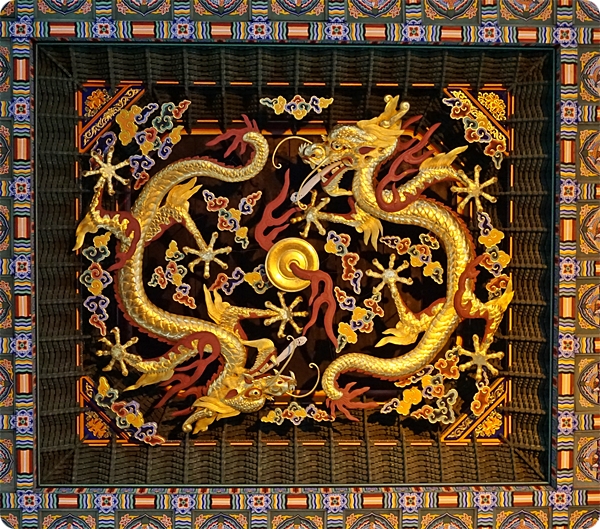
한국 금속 공예에서 상상 속의 동물을 활용한 것은 12~13세기 작품에서 찾아볼 수 있다. 국립 동양 미술관의 청동거울은 폭풍우 치는 바다에 떠있는 배와 배에 타고 있는 사람들을 묘사하고 있다. 배 주위에는 용과 큰 물고기의 모습이 그려져 있다 [4, 39쪽].
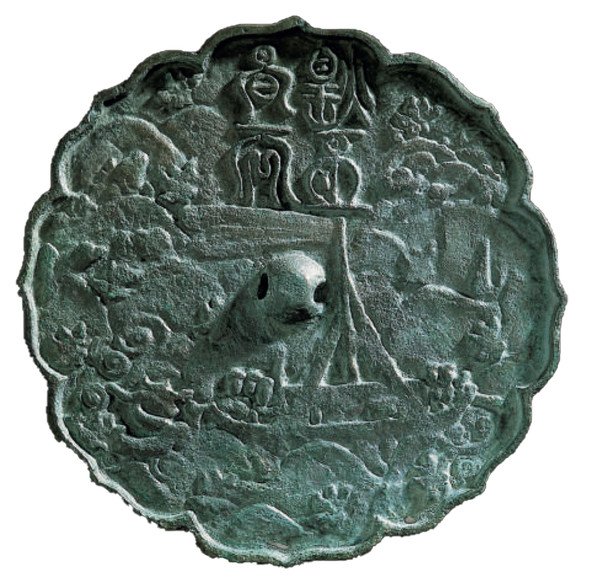
투르크메니스탄의 15 세기 역사적 기념물 중 하나는 Anau의 Seyit Jemal ad-Din Mosque이다. 이 모스크의 정문에 있는 모자이크 장식에는 두 마리의 용이 서로를 향해 등 위로 머리를 뻗은 채 그려져 있는데, 구슬로 장식된 몸통에 흑백 줄무늬가 서로 맞물려 프린지 무늬를 이루고 있다. 1948년 아쉬가바트 지진 이후 모스크는 파괴되었다. 모스크의 옛 모습은 남은 사진으로만 확인할 수 있다. K. Mishin의 그림 'Anau Mosque'는 사실주의 스타일로 그린 Seyit Jemal ad-Din Mosque의 외관을 보여주고 있다.
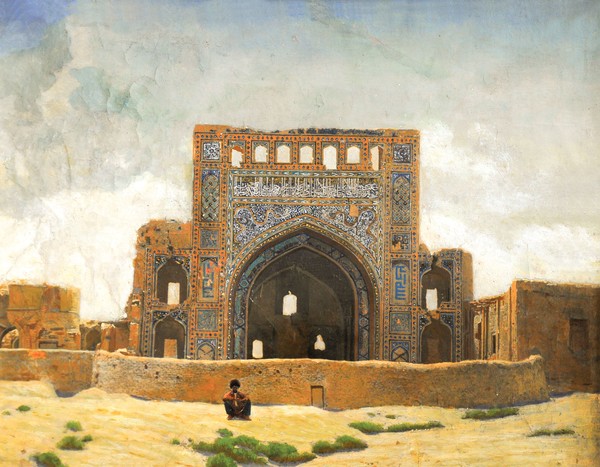
Anau에 있는 Seyit Jemal ad-Din Mosque의 이미지는 M. Yolamanov의 스토리 카펫 "내 조국-흰 밀의 고향"(2005 년) (그림 4), S. Peshshiyeva "Seyit Jemal ad-Din Monument"(2019 년)에 묘사되어 있다.
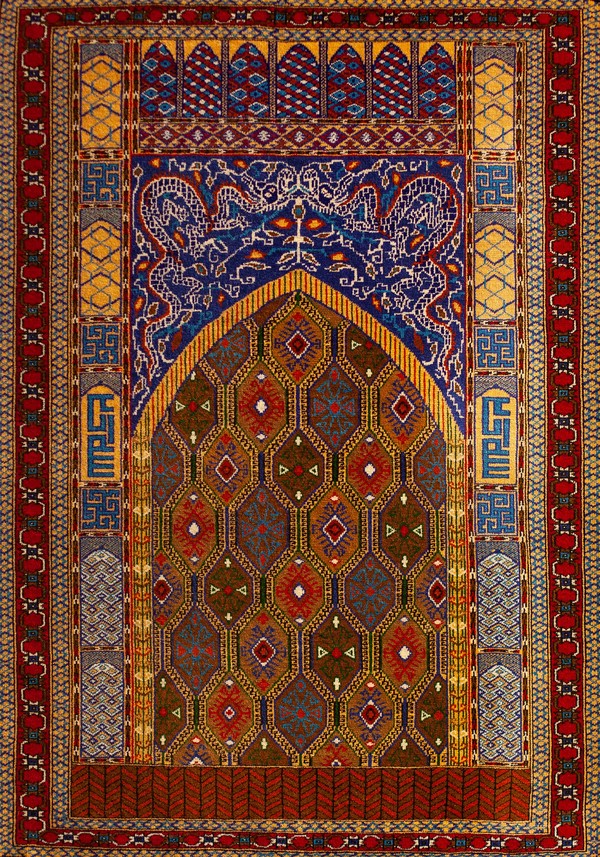
한국과 투르크멘 미술에 나타나는 용의 이미지는 고대부터 문화의 전통과 정신 세계를 반영하며 다양한 형태의 예술로 표현되어 왔음을 알 수 있다.
참고문헌
1. Gurbanguly Berdimuhamedow. Türkmenistan – Beýik Ýüpek ýolunyň ýüregi. – A.: Türkmen döwlet neşirýat gullugy, 2017.
2. Ýagşymyradow N. Türkmenistanyň şekillendiriş sungatynyň taryhy. – A.: Ylym, 2013.
3. Глухарева О. Н. Искусство Кореи. С древнейших времен до конца XIX века. – М.: Искусство, 1982.
4. Елисеева И. А. Искусство и культура Кореи. – М.: Государственный музей Востока, 2010.
THE COMBINATION OF KOREAN AND TURKMEN ARTS
Studying the glorious history of the Turkmen people in Independent and permanent Neutral Turkmenistan, their fine arts and their relationship with world cultures is one of the most important problems of our time.
There are many images of dragons in the artworks of Korean and Turkmen art. The image of a dragon is one of the most common images in East Asian art. Dragon protection symbolizes the power that provides universal order in the universe.
In Korea, the dragon symbolizes the king, that is, the highest authority in the country. In the 1394–1396 years Gyeongbokgung Palace's Geunjeongjeon Throne Pavilion Hall in Seoul, images of dragons were placed on stone surfaces, wood carvings of brackets and ceilings (Fig. 1).

The use of the imaginary creature in Korean metal art can be seen in the 12th-13th century. A bronze mirror (Fig. 2) in the State Museum of Oriental Art depicts a floating ship and people on board in a stormy sea. A figure of a dragon and a large fish are shown near the ship.
One of the 15th century historical monuments of Turkmenistan is Seyit Jemal ad-Din Mosque in Anau. The mosaic decoration on the portal of this mosque two dragons are drawn on the back with their heads extended towards each other. Their beaded bodies are decorated with black and white stripes that interlock to form a fringe pattern. After the Ashgabat earthquake of 1948, the mosque was destroyed. What it used to look like can only be seen from the remaining pictures. K. Mishin's painting «Anau Mosque» (Fig. 3) shows the facade of Seyit Jemal ad-Din Mosque in realism style.
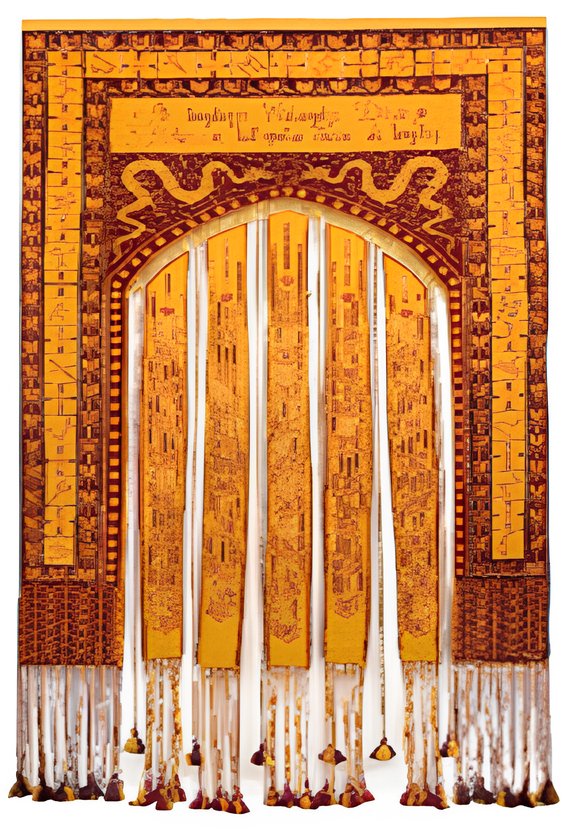
The image of Seyit Jemal ad-Din Mosque in Anau is depicted in the story carpets by M. Yolamanov «My fatherland – homeland of white wheat» (2005 y.) (Fig. 4), S. Peshshiyeva «Seyit Jemal ad-Din Monument» (2019 y.) (Fig. 5).
Dragon images in Korean and Turkmen art have been expressed in various forms of art since ancient times, reflecting the traditions and spiritual state of cultures.
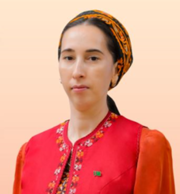
글 ㅣ Jeren Baltayeva
Professor. Department Head of Art History of State Academy of Arts of Turkmenistan
Member of the Union of Artists of Turkmenistan

